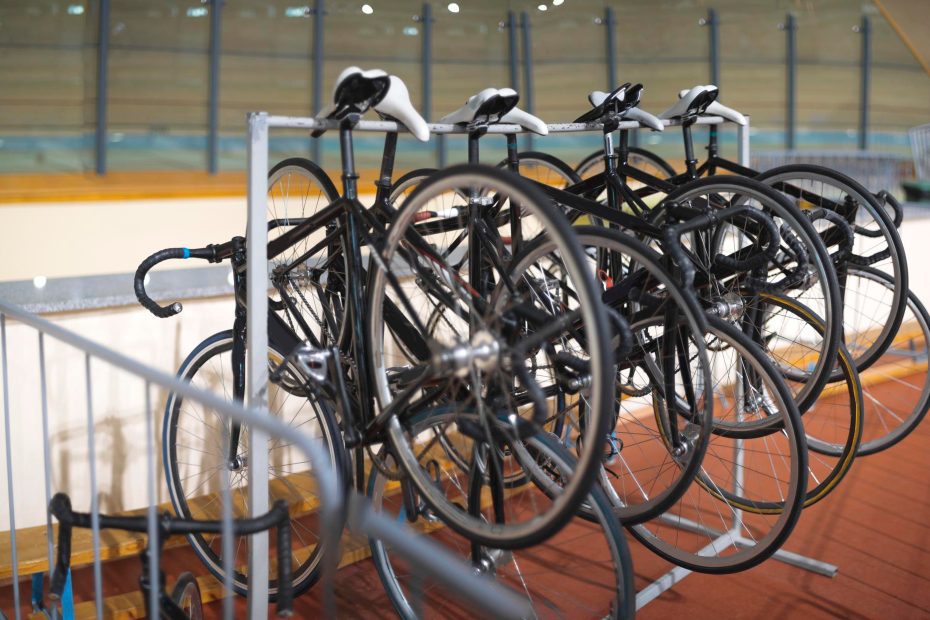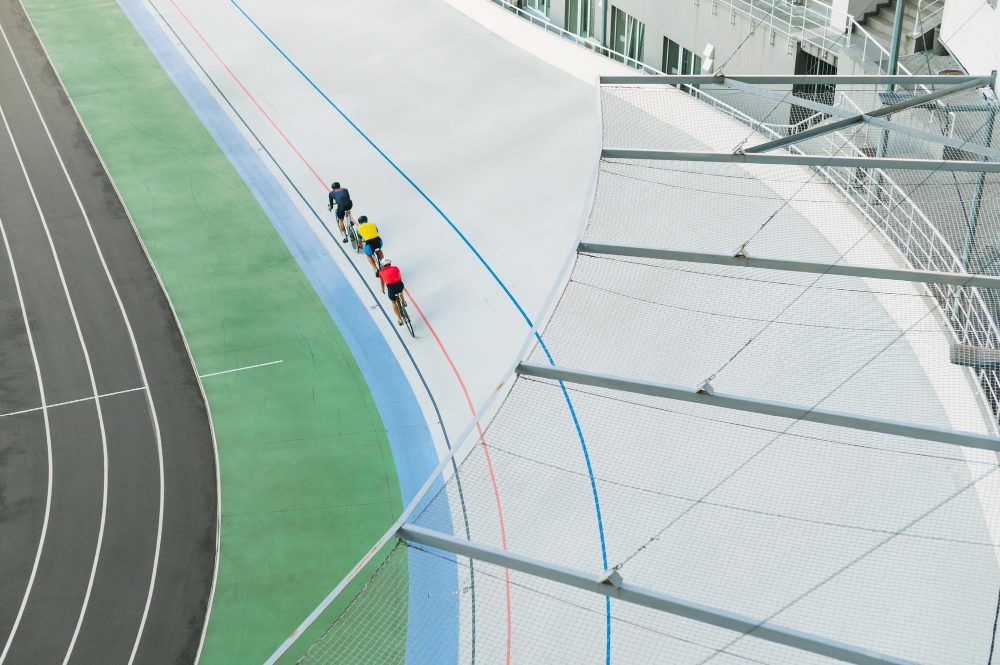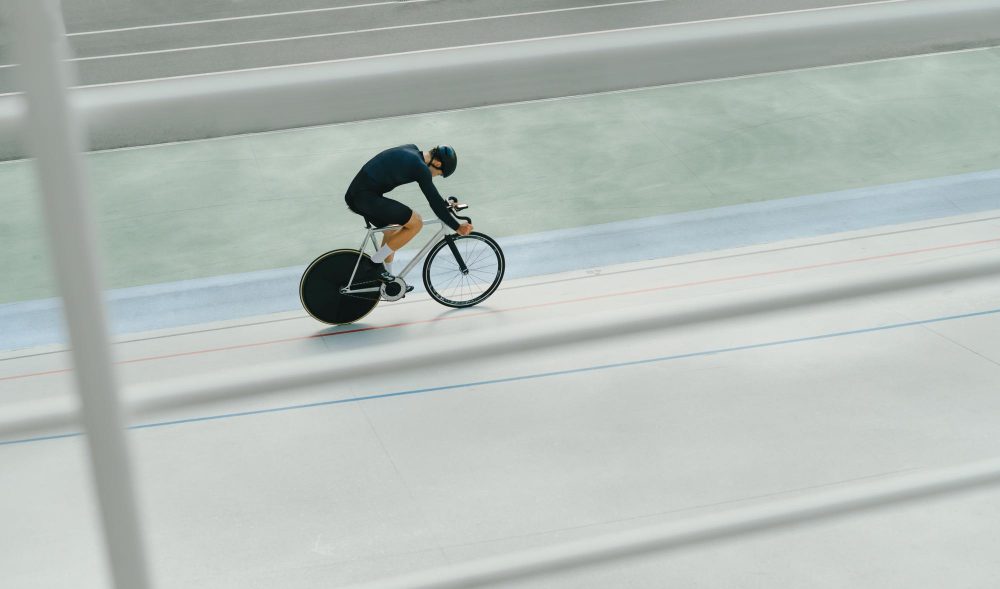Why are velodromes banked?
Introduction
Velodromes, those iconic tracks used for track cycling events, have a distinct feature that sets them apart from other sporting venues – their banking. The steeply sloping curves of a velodrome may leave many wondering why they are designed this way. In this article, we will explore the reasons behind the banking of velodromes and its impact on the sport of track cycling.
The Physics Behind Velodrome Banking
The banking of velodromes serves a practical purpose rooted in physics. When cyclists pedal around a flat track, the centrifugal force pushes them outward, causing them to lean into the curves. However, as the speed of the riders increases, the necessary lean angle becomes too extreme to maintain balance. This is where the banking comes into play.
By adding banking to the curves of a velodrome, the radius of the track effectively increases. As a result, the required lean angle decreases, allowing cyclists to maintain their balance at higher speeds. Without the banking, riders would be limited by the physical limitations of their bodies, making it impossible to achieve the speeds and tight turns characteristic of track cycling.
Safety Considerations
One of the primary reasons for the banking in velodromes is safety. With the high speeds reached in track cycling events, the potential for accidents and injuries is significant. The banking helps mitigate these risks by providing a stable and secure surface for cyclists to navigate the curves without fear of sliding or veering off the track.
The steepness of the banking is carefully calculated to strike a balance between safety and performance. Track designers take into account various factors such as the speed at which the riders will be traveling, the length of the track, and the desired performance objectives. The optimal banking angle allows cyclists to maintain control while enabling them to achieve maximum speed.
Enhancing Performance
Apart from safety considerations, the banking of velodromes also plays a crucial role in enhancing performance. When riders lean into the curves, they exert downward force on the pedals to counteract the centrifugal force. This additional force applied to the pedals translates into increased acceleration and speed. The banking helps optimize this force transfer, allowing cyclists to achieve higher velocities compared to a flat track.
The steepness of the banking can affect a rider’s performance. Flatter tracks with less banking offer a smoother, more controlled ride, which may benefit pursuits and endurance events. On the other hand, steeper bankings provide a more aggressive and dynamic racing experience, favoring sprint events where explosive power and tight cornering are essential.
Variations in Velodrome Banking
Velodromes can feature different degrees of banking, depending on their specific purpose and design. For example, Olympic velodromes typically have steep bankings, with angles ranging from 42 to 47 degrees. These tracks are designed to facilitate high-performance racing and record-breaking speeds.
In contrast, smaller velodromes or those used for recreational purposes might have shallower bankings. These tracks prioritize versatility and accessibility, allowing riders of varying skill levels to enjoy track cycling without the extreme demands of steeper bankings.
Conclusion
The banking of velodromes serves both practical and performance-related purposes. From a safety perspective, the banking allows cyclists to maintain balance at high speeds and navigate curves with confidence. Furthermore, the design optimizes force transfer, enabling riders to achieve maximum acceleration and speed. Whether it be for professional racing or recreational cycling, the distinct banked curves of velodromes have become an integral part of the sport of track cycling.


